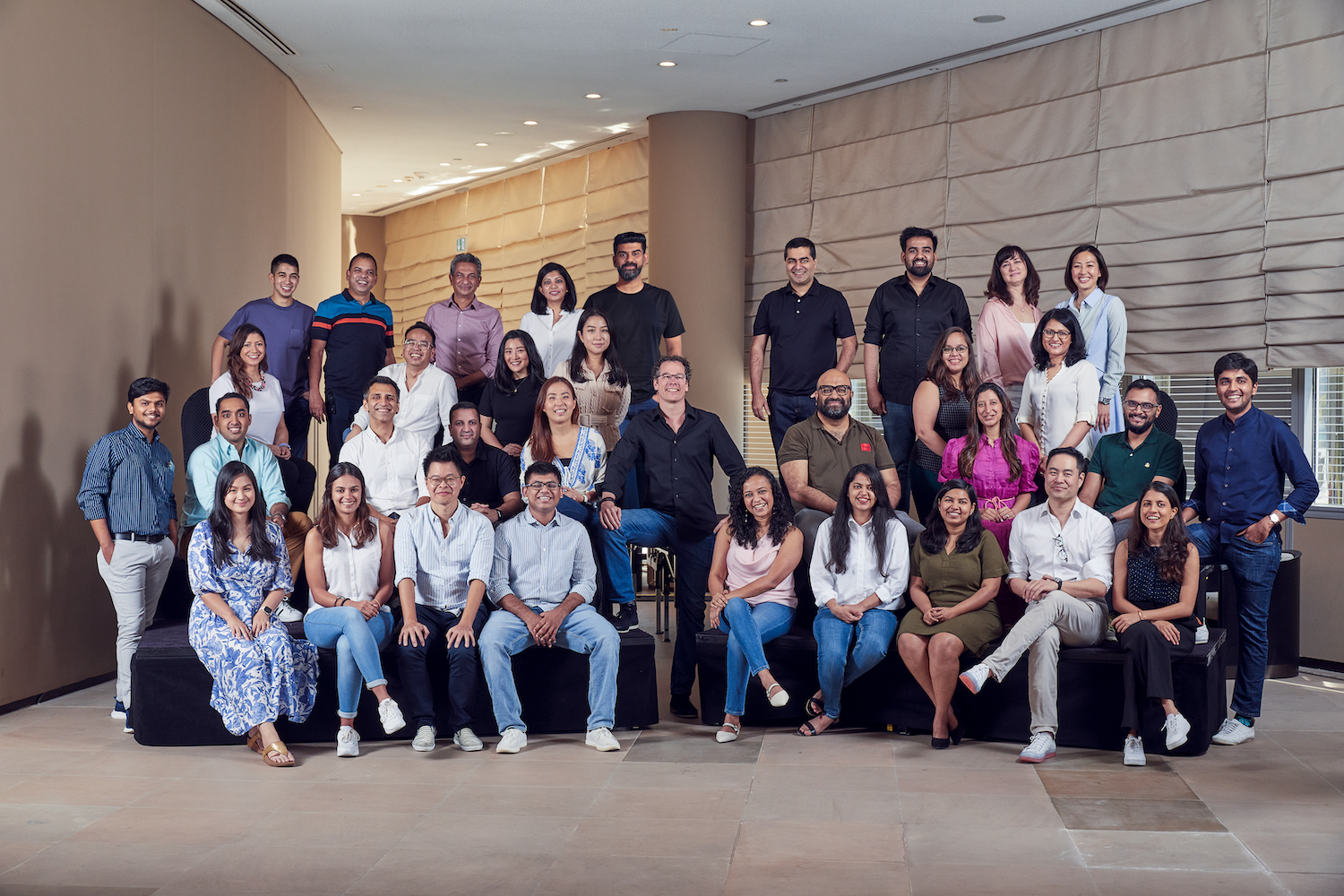Sequoia India and Southeast Asia is broadening the range of its check size for the Surge program as the storied venture firm attempts to make its seed investments more “relevant for a larger set of founders,” it said Thursday.
The venture firm’s check size for the three-year-old Surge program, which previously made $1 million to $2 million investments in early-stage startups in the region, will now go up to $3 million, it said. There’s also no floor size to the investment range, which can start from $300,000 or less, the firm said.
The move comes as the firm, the most powerful and influential venture investor, realizes that some of the early-stage startups it backs through the Surge program need more capital especially during the current market conditions, while some firms are at such a nascent stages – where they don’t have products, for instance – who could do with smaller checks, said Rajan Anandan, a managing director at Sequoia India and Southeast Asia, in an interview with TechCrunch.
Anandan, who previously served as the head of Google India and Southeast Asia and was one of the most prolific angel investors before joining Sequoia, dismissed the idea that the decision is a response to the current market conditions, saying Sequoia had been formulating the change for several months, but said “in [the current] context, it would be even more helpful.”
As the size of its investment changes, the firm said it is not looking to take more ownership in the young startups. The equity range against its investments will continue between 10 to 20% as the ceiling limit, whereas there will be more flexibility to the floor range, he said.

The Surge team. Image Credits: Sequoia India and Southeast Asia
Sequoia began the Surge program, which is similar to Y Combinator’s model, in 2019. The firm selects 15 to 20 startups every six months or so after evaluating hundreds of applications and in-person meetings, and groups them in cohorts. The cohort spends 16 weeks learning the fundamentals of finding their voice, best practices and establishing relationships with peers.
The firm, which has run six such cohorts to date, said it has backed 112 startups through the Surge program who have collectively raised over $1.5 billion in follow-on rounds. “Over 20% of Surge startups were pre-launch when we partnered with them,” Sequoia said.
About 10% of Surge startups have been building products and services for the world. In the most recent cohort, over 50% of Surge companies were building for the global markets from day one, the firm said. Some of the notable startups to come out of Surge include Doubtnut, Scaler Academy, Khatabook, Bijak, Classplus, Hevo Data, Juno, Atlan, BukuKas, Plum and Apna Club.
But unlike YC’s batches, the size of Surge cohort is not changing. “We like the 15-20 number. Our cohort sizes will roughly remain the same. We have 30 members for Surge that ranges between people who help firms with tech, marketing, and finances. One of the things we have learned is that keeping the cohort to its current size lets us go very deep with every single one of our companies,” he said.
Each participant in the Surge program gets access to an additional $2 million worth of perks that include cloud credits with Google, Microsoft and AWS, corporate cards, popular developer, analytics, marketing and communication tools, and insurance and compliances services. Sequoia also helps these firms find early customers and connects them with top investors for the Series A funding.
Sequoia is also doing away with a dedicated fund for the Surge program. Earlier, it raised $195 million twice for the early-stage program, but now it will draw capital directly from the mothership, which unveiled record $2.85 billion funds for the region earlier this month. “You can safely assume that we will invest more than ever through Surge,” he said.
Even with the current market downturn, which has caused tech stocks to fall to record lows in recent years and slashed the valuation of private firms, Anandan said more young firms than ever are applying to be in the Surge program and he hasn’t noticed any slowdown in the enthusiasm in the ecosystem.
Powered by WPeMatico






